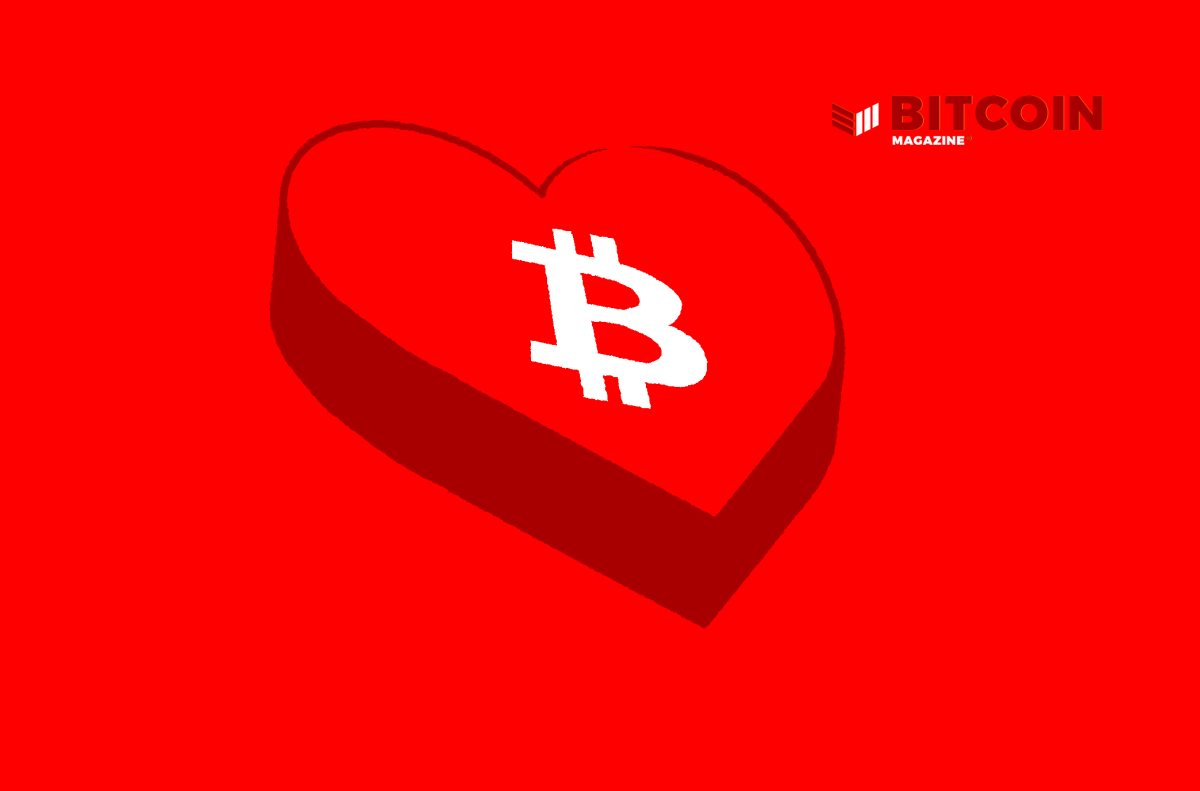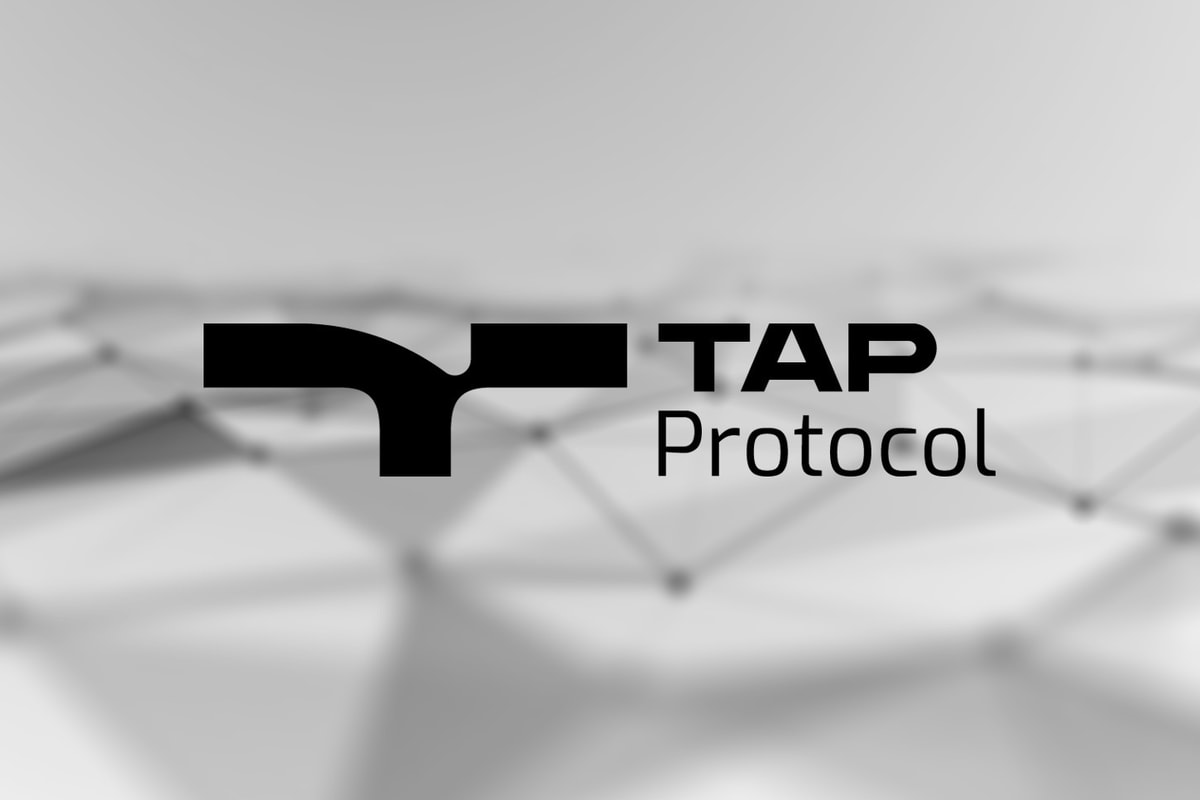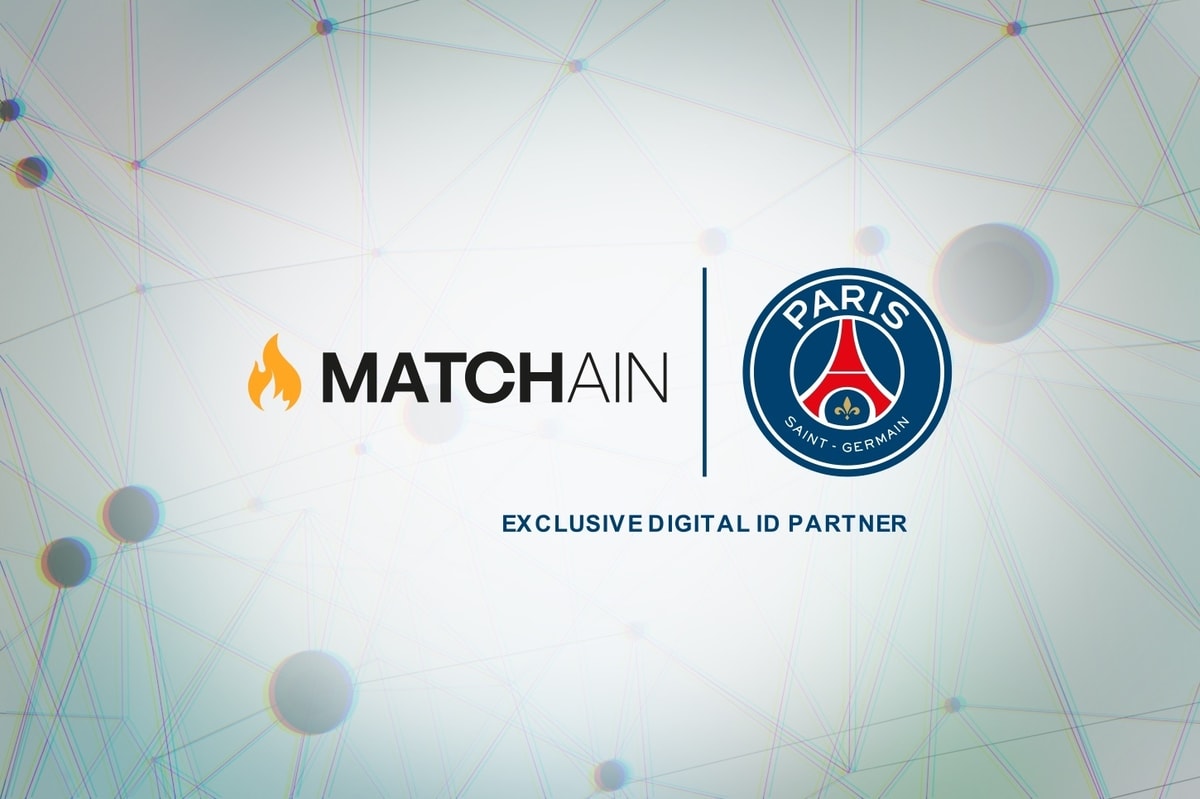Cross-chain decentralized exchange Maya Protocol confirms the date of its mainnet launch amid a decentralization trend that continues to gain momentum from the strength of decentralized finance (DeFi) despite the harsh market conditions of the last months caused partly by centralized finance failures and blowups that impacted the industry. According to the team, now is a crucial moment for noncustodial alternatives to replace traditional centralized Web3 solutions.
The future of decentralized trading is here. Maya Protocol, the noncustodial, permissionless, cross-chain decentralized exchange, is officially launching its mainnet on March 7, 2023. Amid the growing trend of decentralization in the DeFi space, Maya Protocol is poised to revolutionize the way we trade tokens across different blockchains, natively without bridges and wrapped assets.
Maya is a decentralized liquidity source protocol that allows the trading of tokens across different blockchains and liquidity providing (LPing) in a permissionless, trust-minimized, noncustodial manner. Founded in 2021, Maya is a “friendly fork” of THORChain running on the same fundamental technologies (Tendermint, Cosmos SDK and automated market maker) and looks to complement the Web3 liquidity back-end structure by betting on several innovations and differentiators. For those unfamiliar with THORChain, you can use its revolutionary technology to swap across eight different blockchains today using any of its most popular user interfaces, such as THORWallet, THORSwap, XDEFI, Rango Exchange, Defispot, and hint: Trust Wallet itself! (Yep, THORChain powers the backend magic for Trust Wallet’s incredible cross-chain swaps).
What differentiates Maya Protocol is that it boasts a fully public, transparent “fair launch” process and claims to achieve, on average, 2x THORChain’s capital efficiency by allowing node operators to provide liquidity with their staked bonds. Additionally, Maya Protocol’s native liquidity token, CACAO, can be exported to secure one or more sidechains, allowing it to handle smart contracts, the Ethereum Virtual Machine, nonfungible tokens (NFTs) and more.

Maya will be conducting a preannounced CACAO fair-drop for everyone adding liquidity into its pools during a period of 21 days starting on March 7, 2023 — a process it calls a “liquidity auction.” Notoriously, a batch of MAYA coins will be issued too, but will only work as revenue-accruing tokens and not facilitate any liquidity pairs or be used to pay any network fees. Anyone can obtain MAYA tokens via an airdrop by holding a Maya Mask NFT or RUNE (RUNE). More on this can be found on its Twitter thread here. The dual-token system has been cleverly designed to maximize the benefits for the community with CACAO and its fair launch while suppressing all sell pressure with the implementation of MAYA.
Maya has been running on a stagenet since November 2022, essentially the Maya mainnet code running real Bitcoin, Ethereum and THORChain full nodes. You can try the stagenet out to swap real native Bitcoin (BTC) to real native Ether (ETH) — just make sure not to use significant funds to do it and expect high slippage due to the low liquidity environment of the stagenet. THORWallet will also soon be launching its beta version of Maya on iOS, Android, and as a web app.
The Maya Protocol team has undergone extensive code security audits with Halborn for six months to decrease the likelihood of vulnerabilities at launch and thereafter. It will also launch bug bounties with Immunefi as soon as all remediations from the audits have been patched, which is expected to finish by the end of January.
The Maya team has been busy finding collaboration opportunities with several well-established players in the industry and can now count the Thorstarter DAO and external wallet provider THORWallet as its official launch collaborators. It is via the latter’s mobile app that users will be able to participate in the protocol, adding LP positions or natively swapping across BTC, ETH, Tether (USDT) and USD Coin (USDC) (ERC-20) and RUNE, and soon after the liquidity auction is over, across KUJI, BNB Smart Chain, OSMO and Dash (DASH) — a combination specifically designed to complement THORChain’s current offering.
For more information on the project, visit Maya Protocol’s official website, which includes a thorough white paper, and its social networks, which include Twitter and Discord.
The past few months in crypto have been surprisingly turbulent, even by the standards of our industry, with some of the most renowned and celebrated centralized custodians failing and producing a wave of adverse economic repercussions. These events have brought to light how easily trust can be broken and how protocol-level solutions, like Maya Protocol, can help us iron out these issues. Empowering decentralized networks to do all that a central exchange can do is key to a truly trustless future, one that Maya is here to help make a reality. It is the next step in truly separating money from the state, a mission that Maya has declared itself to be dead set on realizing.











